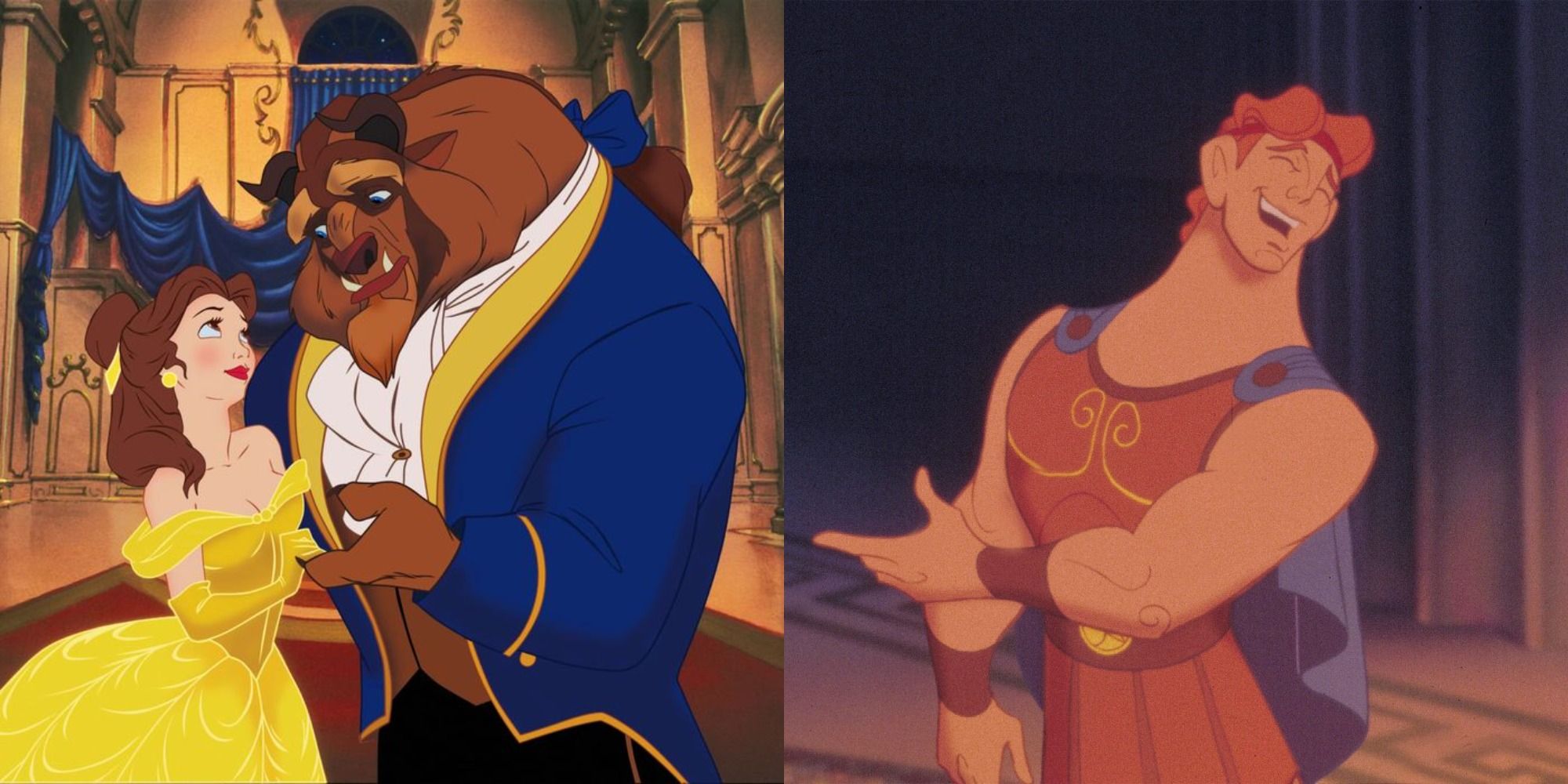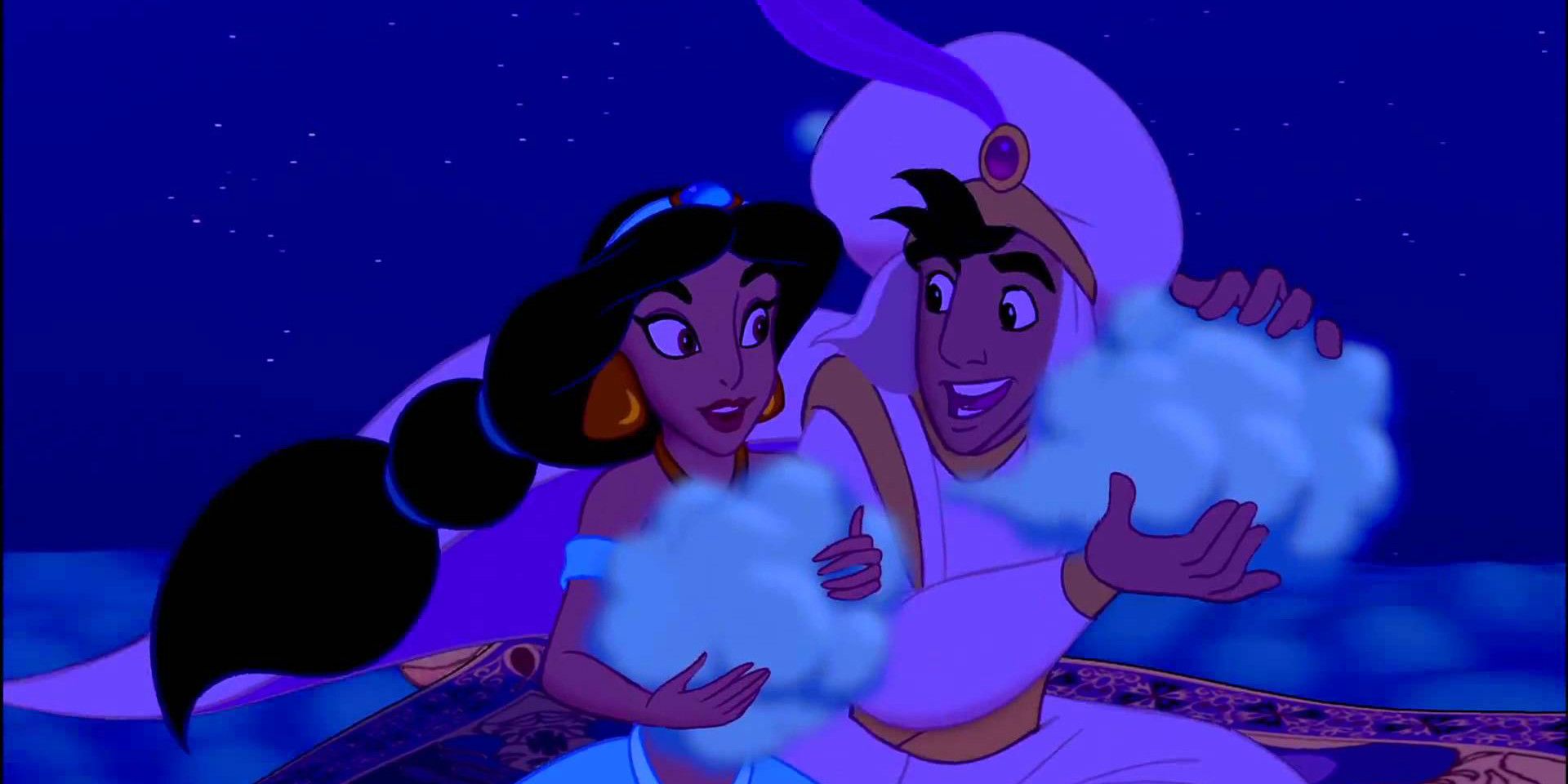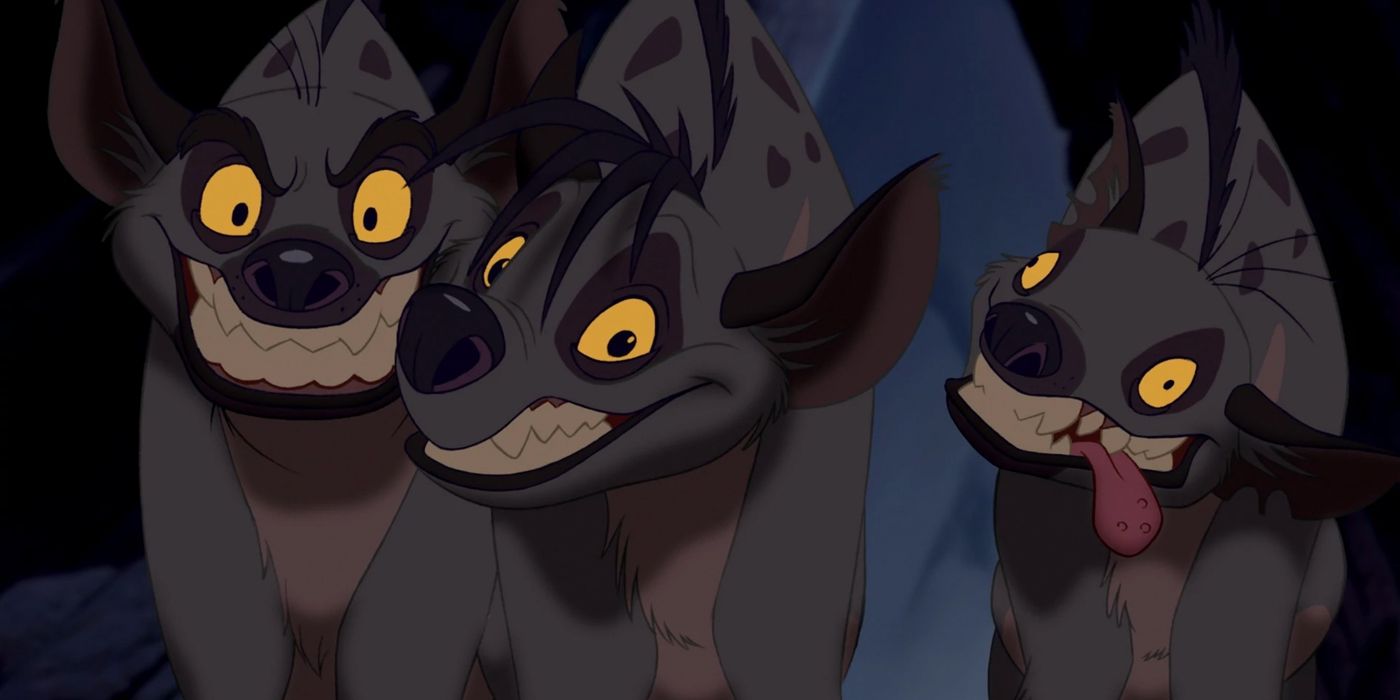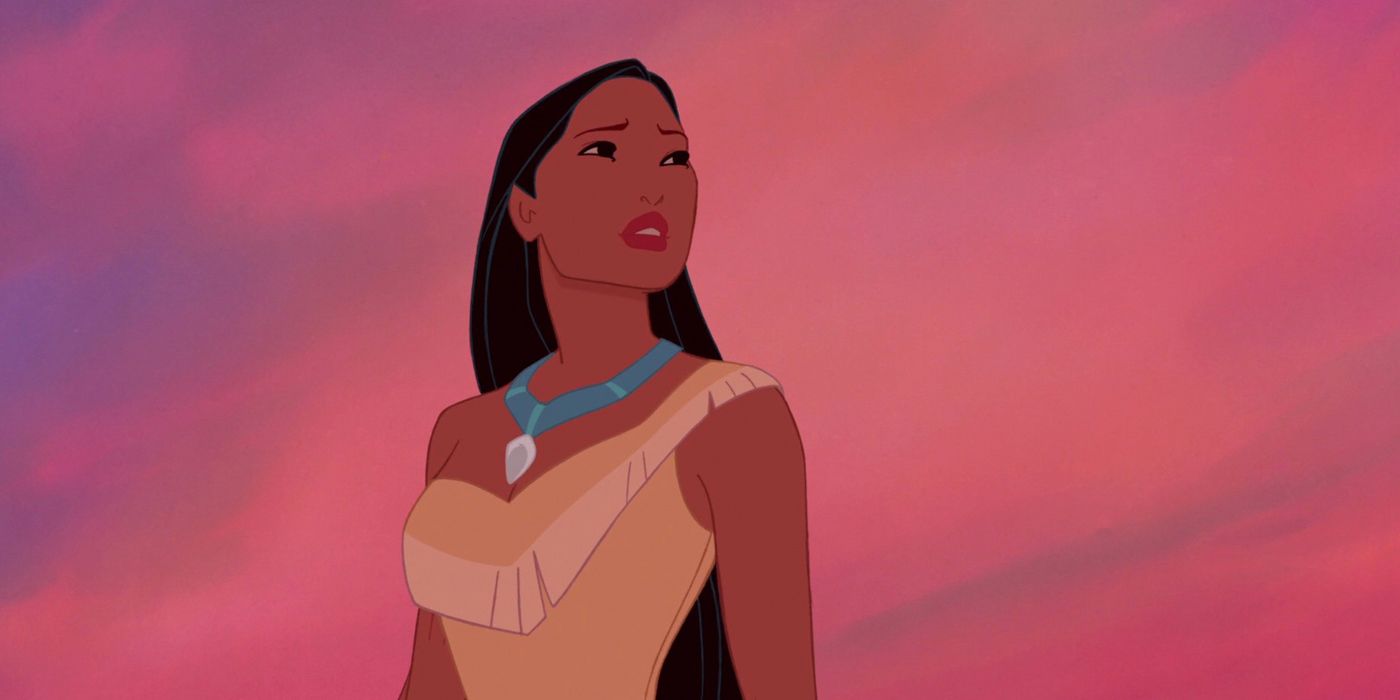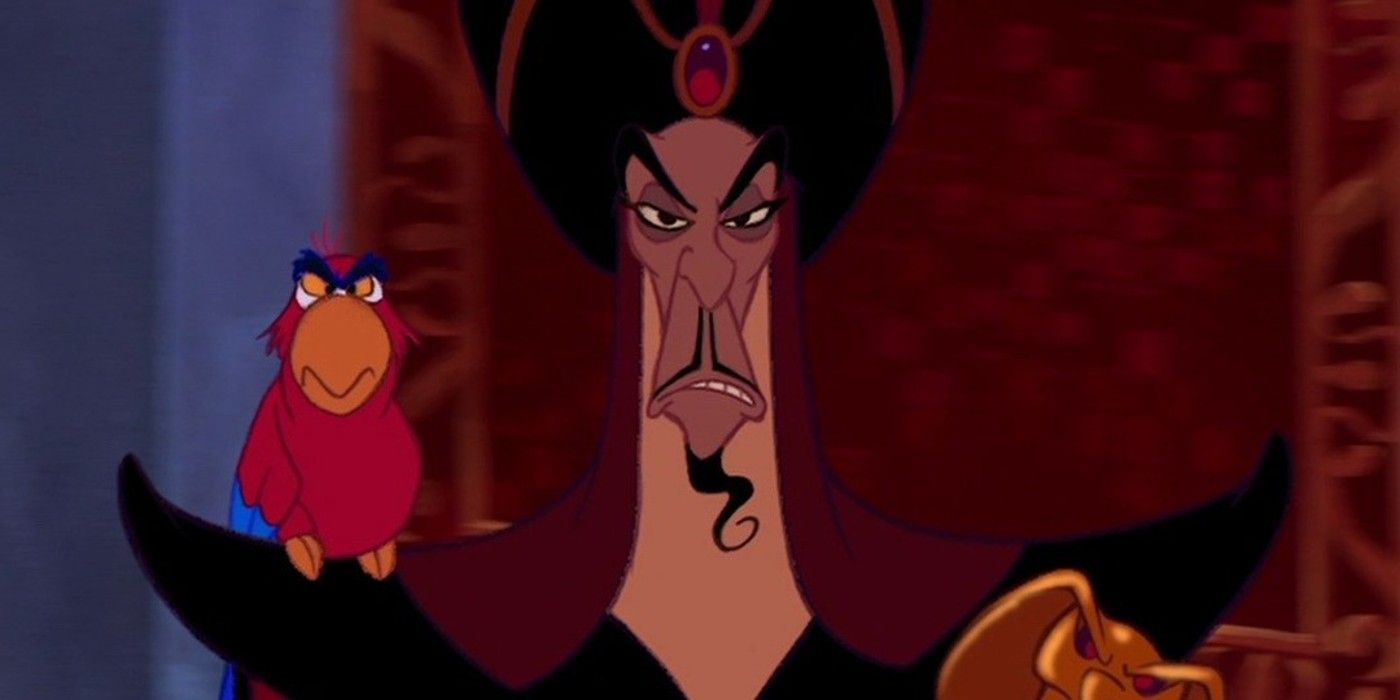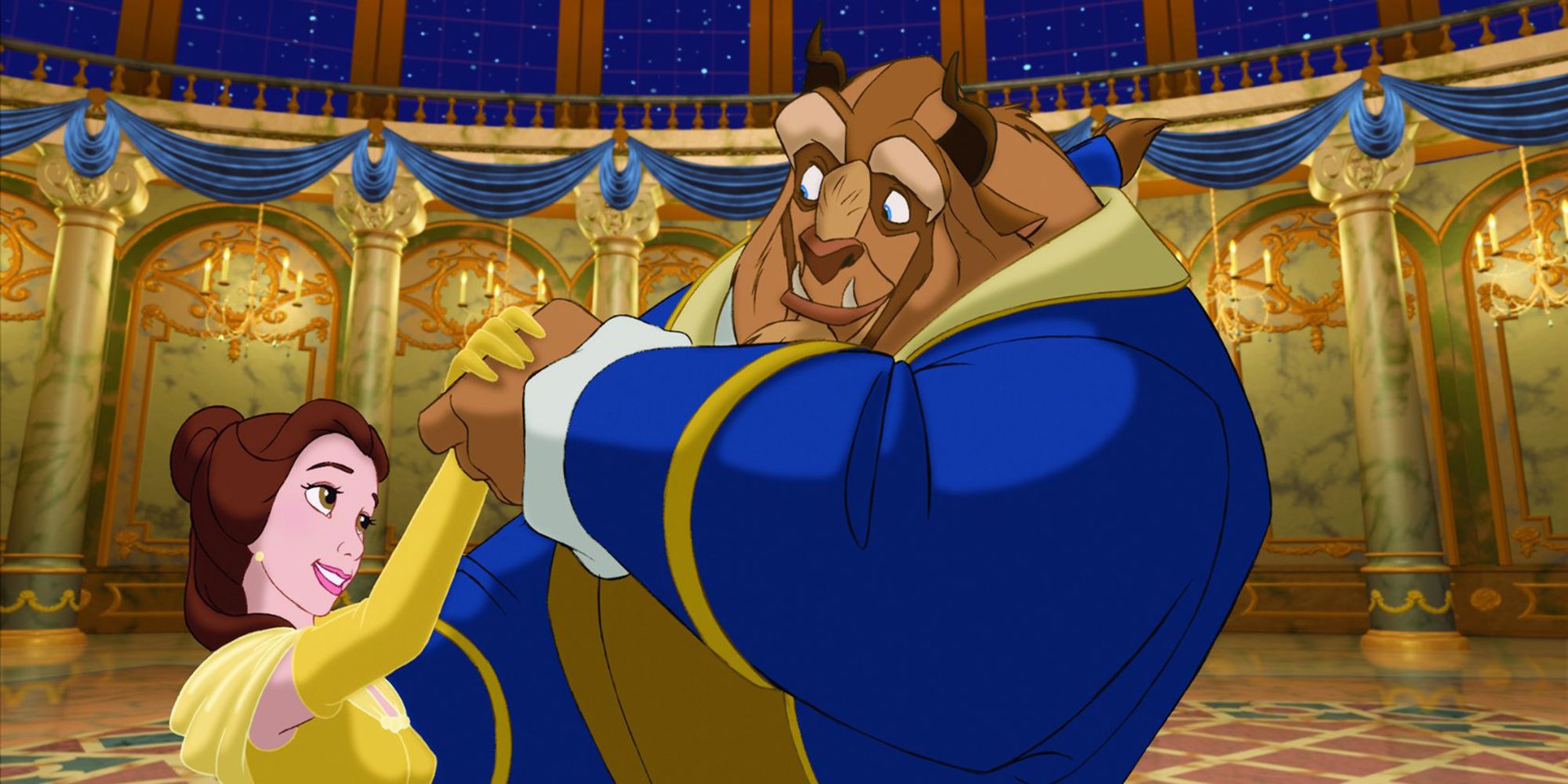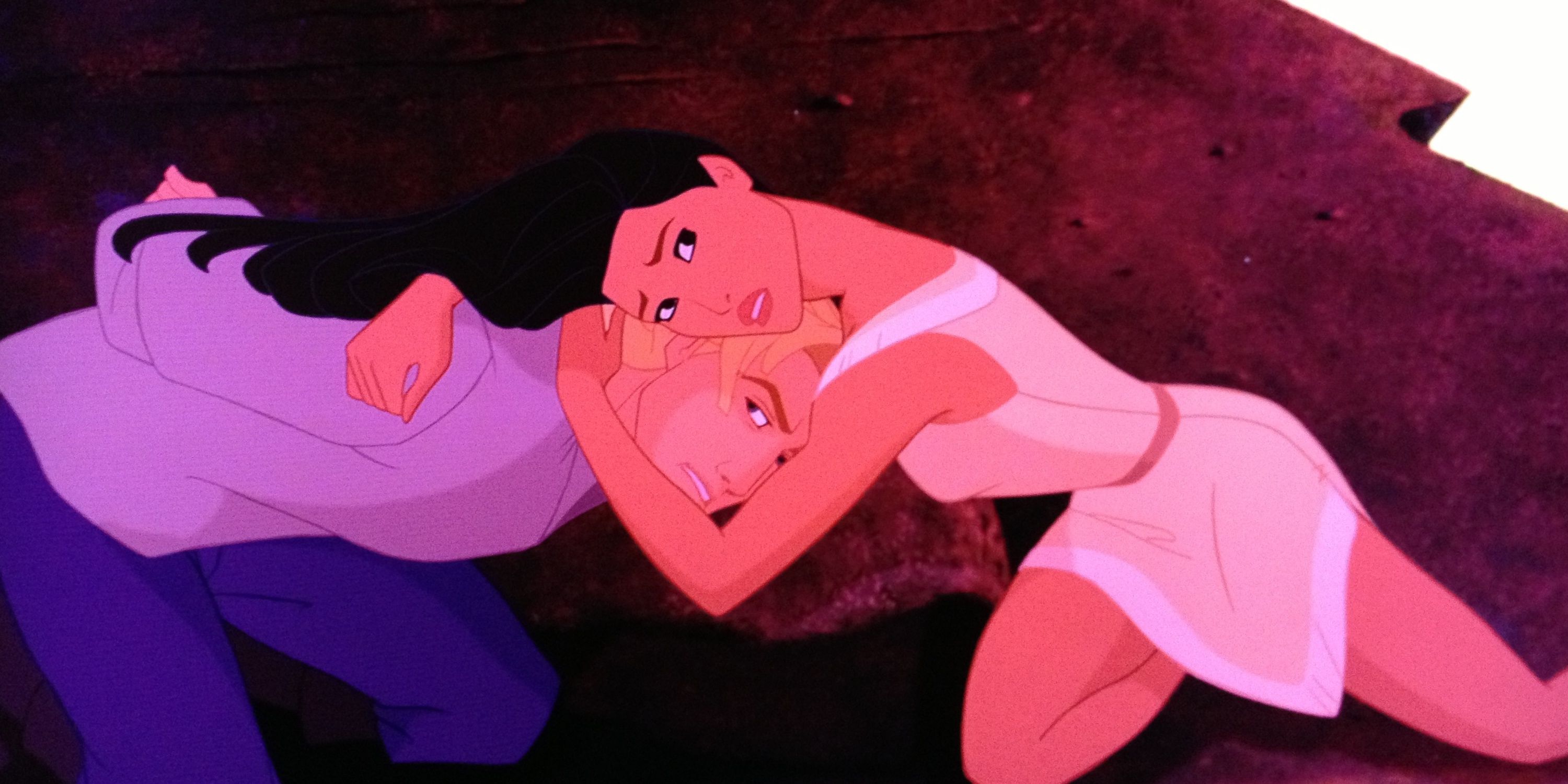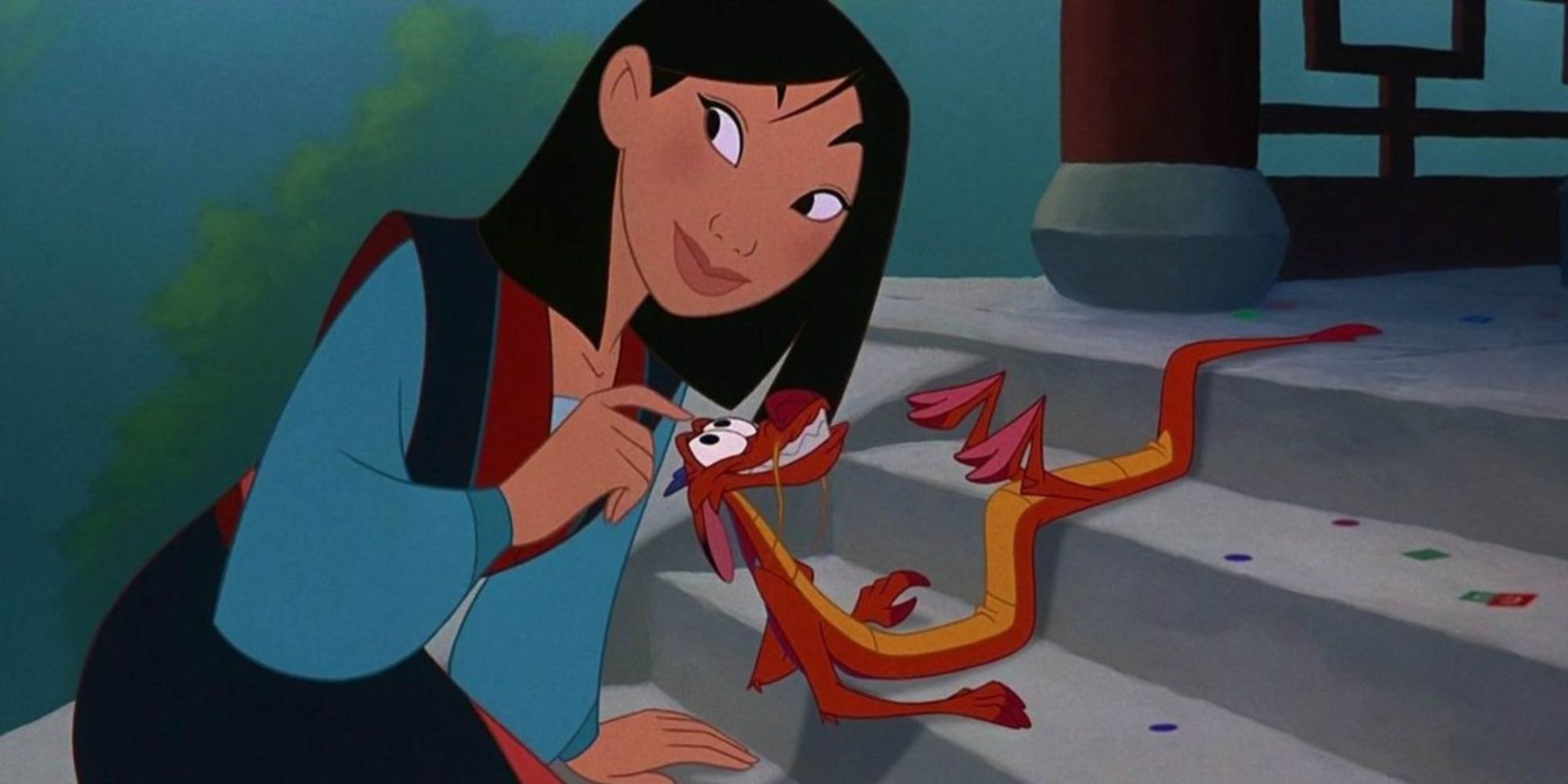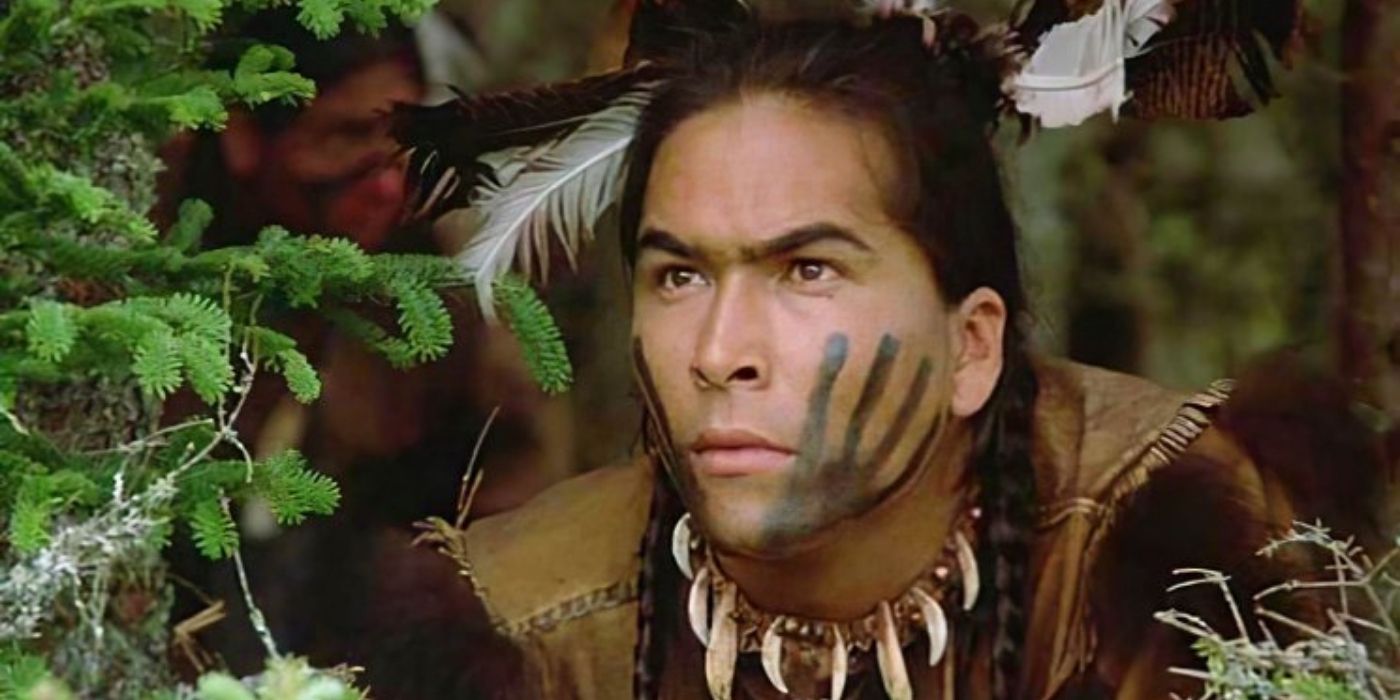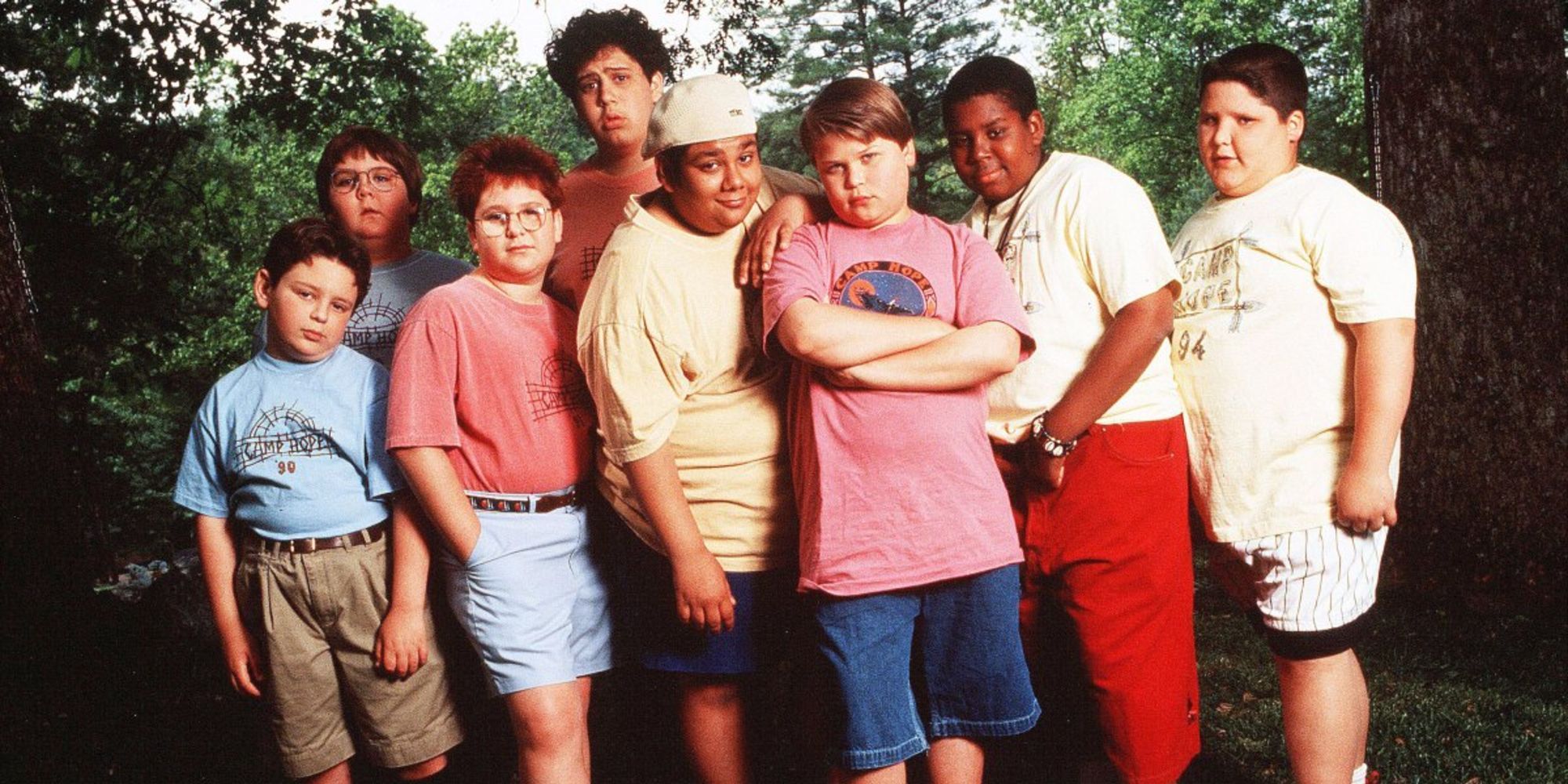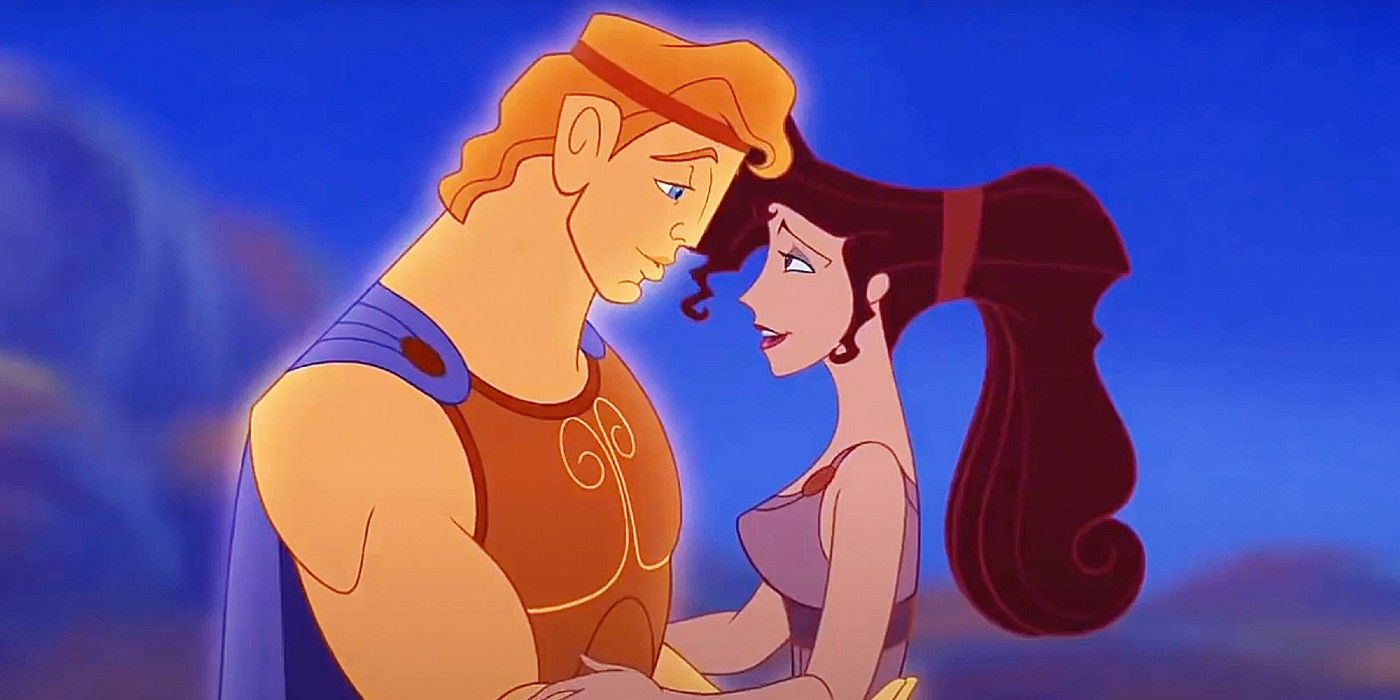While Disney films are known for reaching high levels of success with both audiences and critics, not every film is considered magical by today's standards. Though the '90s might not be the first time period that comes to mind when fans reflect on negative portrayals in Disney films, there are actually a shocking number of issues concerning racism, stereotyping, and the glamorization of problematic topics in the movies from this time.
For example, films like Aladdin have stereotyped and whitewashed their Middle Eastern characters, something that certainly hasn't aged well, and there are plenty of other concerns to address in their older movies. While Disney is certainly doing better in recent years when it comes to representation and inclusivity, there are a few things from the movies of the '90s that just don't sit well with fans today.
Aladdin: Physical Appearance Of Characters
Disney's 1992 animated film Aladdin has undoubtedly seen its fair share of criticism since its release due to various issues, including how the film physically portrays its supposedly Middle Eastern characters. While the more notorious characters have overly exaggerated and stereotypical features, such as a hooked nose, characters like Aladdin and Jasmine (the film's leads) are light-skinned and have physical features that are more in keeping with Western beauty standards.
A perfect example of this is the film's villain, Jafar, who has an oversized hooked nose, sharp features, and a curly beard. Other characters either have stereotypical, exaggerated physical features or are minor characters, such as the shopkeeper, who, like Jafar, is portrayed as having nefarious intentions.
The Lion King: The Hyena Issue
Though the movie isn't as highly criticized as other controversial Disney films, one issue that critics have brought up is how the hyenas in The Lion King are portrayed. Though the hyenas are hardly considered sympathetic figures, critics denounced the character's accents for their use of slang terms, making the villainous Shenzi and Banzai come off as negative Black stereotypes.
This criticism is furthered by the fact that the hyenas are shown as outcasts who live separately from the other inhabitants of Pride Rock. Similarly, the two characters were played by POC, while the majority of the voice cast were white.
Pocahontas: Broadly Changes Historical Facts
Despite Disney portraying these real-life figures as romantic counterparts, their origins' truth is vastly different from what's shown in the movie. In the film, the character of Pocahontas is shown as an adult, but according to actual historical fact, she was only around the age of 10 or 11 when she met John Smith.
Another thing that Disney changed was how and when the two main characters met. The film version shows the two meet shortly after the settlers arrive, but history states that they actually met months later, when John Smith was brought to her village. This wildly different version would definitely not go over well if the movie was made today.
Aladdin: Only Certain Characters Have Accents
Similarly controversial to the issue of how physical characteristics are portrayed in Aladdin, the film also received negative feedback, as explained in ADC and Education, for picking and choosing who they wanted to have a stereotypical Middle Eastern accent.
Even though all the characters in the movie are from the same place, only some of them have a typical Middle Eastern accent when speaking English, specifically the film's villain, as well as other minor nefarious characters. In contrast, the film's leads, Aladdin and Jasmine, have American accents, despite both being raised in the fictionalized setting Agrabah. Naturally, this issue would be met with even higher criticism today and just furthers the central issue of whitewashing in the film.
Beauty And The Beast: Glamorizes Stockholm Syndrome
While it's certainly not the only issue in the 1991 Disney film, arguably one of the worst controversies in Beauty and the Beast that definitely hasn't aged well is the clear signs of Stockholm Syndrome portrayed by the lead character. Similarly, the same argument could be made for the live-action version, which was released in 2017.
While some may argue that the film doesn't infer Stockholm Syndrome because Belle only falls in love after the Beast agrees to let her go, it's undoubtedly a questionable storyline when a romance blossoms out of one person holding another captive.
Pocahontas: Romantizes Atrocities Committed Against Indigenous Americans
Not only is the film historically inaccurate, but its harmful glamorization of a dark history is yet another issue with this Disney film that certainly wouldn't be considered acceptable today. There's plenty of controversy to unravel in Pocahontas that doesn't make any sense, and this includes turning the story of a young girl meeting a settler into a romantic love story.
In reality, Europe's conquest of the Americas was a grim affair, and Disney's choice to water down and change the facts to suit the film's purpose as a children's movie is something that would definitely be met with stronger criticism if made today.
Mulan: Westernization Of Chinese Culture
While there's plenty to like about Mulan, its historical inaccuracy is definitely not something that would be well-received today. The Disney film is based on a ballad that takes place during the Han Dynasty, however, the film showcases plenty of things, such as rockets and tea drinking, which didn't exist during that time period.
Outside of Mulan being somewhat historically inaccurate, another issue that can be brought up is its blending of separate Asian cultures. An example of this is the flag on the hospital tent where Mulan is recovering, which is actually Japan's flag, not China's.
Squanto: A Warrior's Tale: Historically & Culturally Inaccurate
This 1994 Disney film glosses over what viewers today know as historical fact and instead provides a lighter take on what happened between the Puritans and the Indigenous Americans. This would undoubtedly be met with criticism if filmed today.
The film tells the story of Squanto (a real historical figure) and his attempt to escape the group of Englishmen that have captured him. The entire film changes both customs and facts to suit its purpose. Historically, audiences know that the Puritans weren't peacefully trying to learn more about Indigenous American culture.
Heavyweights: It's Body Shaming
This movie would definitely not be made today solely based on its IMDb description, which describes the film as "plump kids lured to a posh fat camp with the promise of quick weight loss."
A character like Tony Perkis would not go over well with audiences or critics, as his entire purpose is verbally and physically put down kids for not being what he considers to be the ideal size. Throughout the film, there's plenty of nasty remarks and body shaming, such as public weighing followed by punishment for weight gain. It's definitely not a premise you'd see from Disney today.
Hercules: Completely Inaccurate Greek Mythology
The inaccurate and watered-down retelling of Greek mythology in this Hercules is definitely one thing that hasn't aged well about the movie and would face criticism if made today. The film rewrites the story of Hercules and his family by portraying Zeus and his wife, Hera, as the loving parents of the title character. However, the reality isn't quite so family-friendly.
In Greek mythology, Zeus is the father of Hercules, but Hera is not his mother. Hercules is actually the child of a human woman named Alcmena, and Hera actually tries to kill Hercules due to her husband's infidelity. While this version might not be quite as family-friendly, it is accurate to the story.

